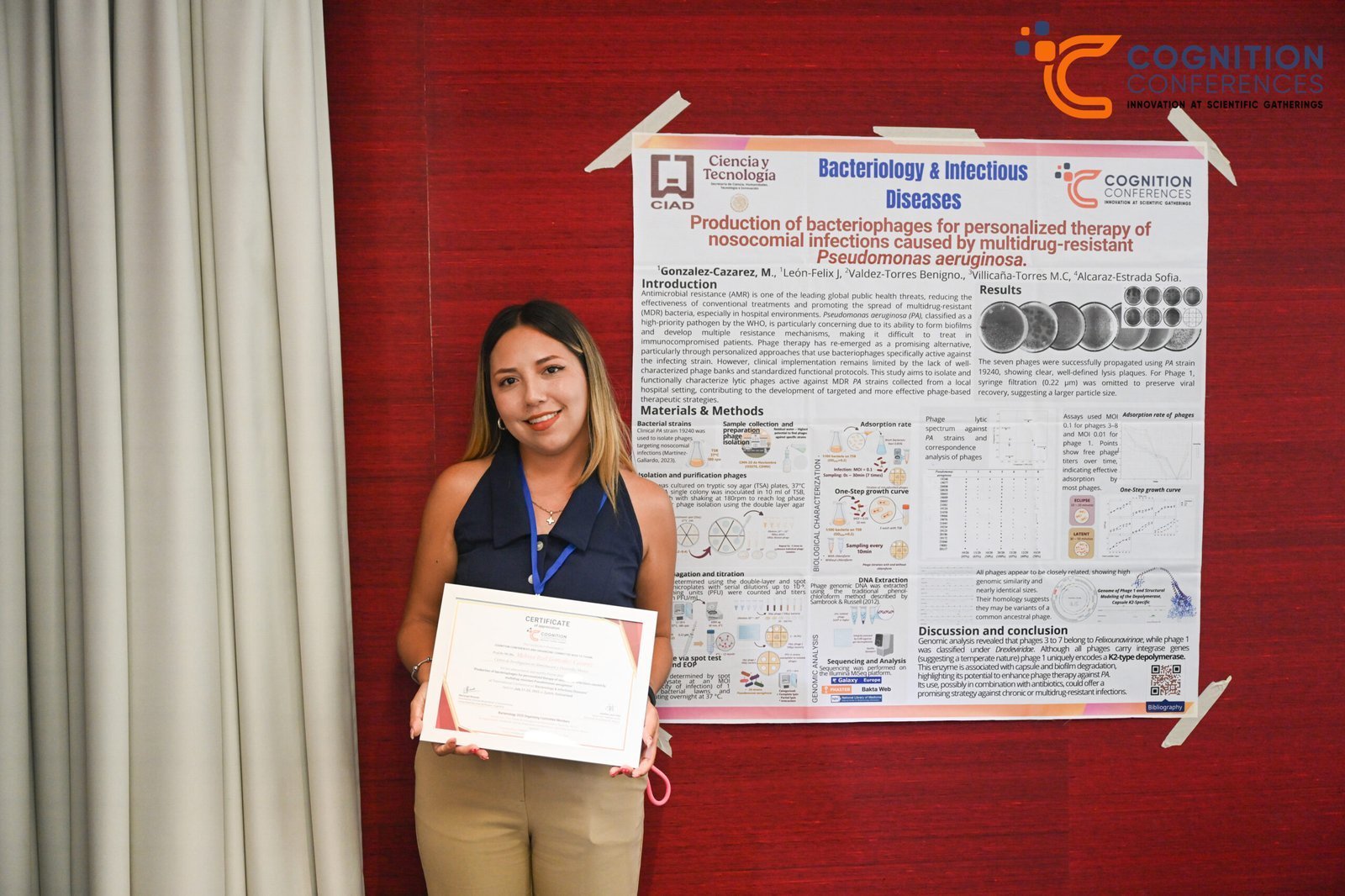Abstract
Introduction and objective: Intermittent preventive treatment in pregnancy (IPTp) with dihydroartemisinin-piperaquine (DHA-PPQ) has recently been shown to significantly reduce overall malaria risk in African women living with HIV who take daily cotrimoxazole prophylaxis and antiretroviral therapy. Information on the effects of in utero exposure to the drug on infant development is critical for this strategy to be considered a malaria control tool that can be implemented.
Methods: In the context of a multicenter randomized placebo-controlled trial evaluating the safety and efficacy of IPTp with DHA-PPQ in Gabon and Mozambique, 647 newborns, (330 born to placebo and 317 born to DHA-PPQ recipients), were followed up until 12 months of age. Anthropometric parameters and psychomotor development were assessed at 1, 6, 9, and 12 months of age, and the incidence of malaria, anemia, hospital admissions, outpatient visits, and mortality were determined until 12 months of age. HIV PCR was also performed at each scheduled visit to detect vertical transmission.
Results: No significant differences were found in the proportion of infants with stunting, underweight, wasting, and severe acute malnutrition at 1, 6, 9, and 12 months of age between infants born to women who received DHA-PPQ and those who received placebo. Except for one item evaluated at 9 mo of age, no significant differences were observed in the psychomotor development milestones assessed. Incidence of malaria, anemia, hospital admissions, outpatient visits, and mortality were similar between the two groups. Five infants (4 born to DHA-PPQ recipients and 1 born to a placebo recipient mother) had a positive HIV PCR test, corresponding to an overall 0.6% proportion of HIV vertical transmission.
Conclusions: The administration of IPTp with DHA-PPQ in African women living with HIV was safe and did affect morbidity and developmental outcomes of infants exposed in utero to the antimalrial drug.
Impact/Significance: IPTp with DHA-PPQ can be considered a safe strategy and could be considered for protecting women with HIV from malaria.

































